Introduction to the flavor characteristics of coffee beans treated by multi-tower micro-batch in Costa Rica
When it comes to Costa Rican coffee, the editor always thinks of Costa Rican honey treatment. so when I see other treatments of Costa Rican coffee, I inexplicably expect Qianjie Coffee to share with you today is a sun treatment from Tara Zhudota, Costa Rica.
Costa Rica Dota Microlots
Costa Rica multi-tower
Producing area: Tara Zhudo Tower
Treatment: sun treatment
Variety: Kaddura, Kaduai
Altitude: 1200-1700
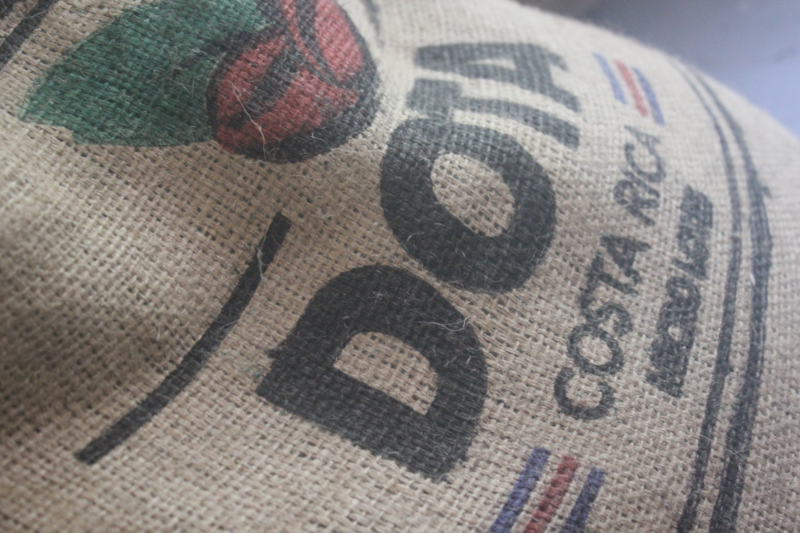
Costa Rica Costa Rica
When coffee was introduced to Central America for cultivation, it first arrived in Costa Rica. Costa Rica has a long history of growing coffee. Because it is located in the Central American Gorge, the volcanic soil is very fertile and has good drainage, so it is very suitable for coffee growth.
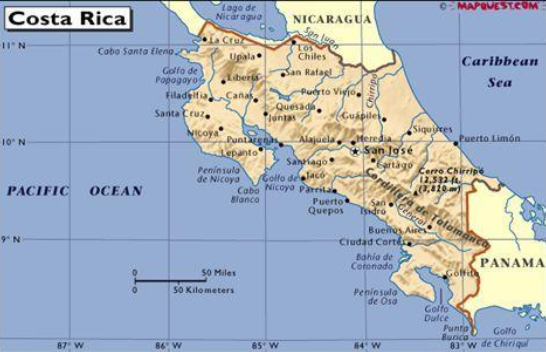
Costa Rica has eight major producing areas: West Valley in the western valley, Central Valley in the central valley, Tarrazu in Tarazu, Tres Rios in Sanhe, Orosi in Europe, Brunca in Brenka, Duli Alba Turrialba and Guanacaste in Guanacaster.
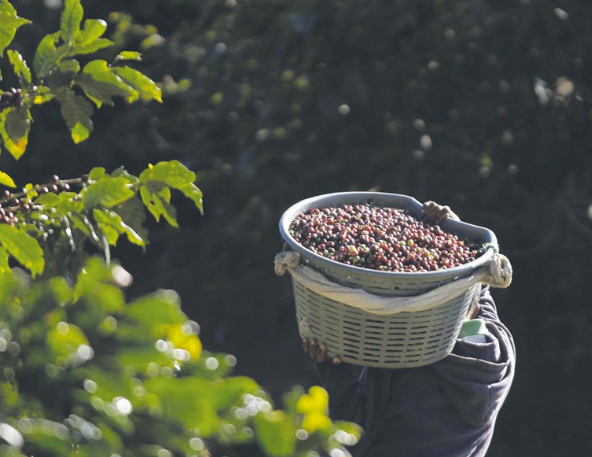
One of the many producing areas that have to be mentioned is Tarazu, which is located in the south of San Jos é, the capital of Costa Rica, and has a very high altitude, which makes the coffee produced here is rich in flavor, so it is no wonder that it is one of the most valued coffee growing places in Costa Rica.
The micro batch of Qianjie Coffee shared with you today is from the multi-tower in Tarazhu producing area.
Multi-tower Dota
Dota is located on the Pacific side of Costa Rica, so the dry and wet seasons are distinct, and the average elevation of coffee plantations here is 1200-1700, which belongs to the high altitude area, so the coffee produced here will be ranked as SHB very hard beans.
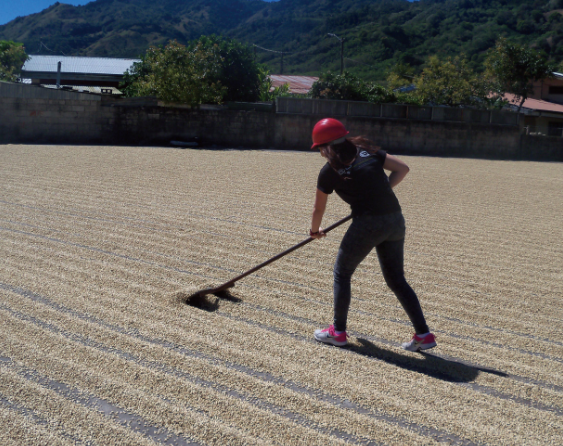
Interestingly, coffee farmers in Dota actually think that the coffee here will be better than that in other parts of Tarazu. This is because as early as 1865, Costa Rican coffee was mostly from the Dota producing area, and later Costa Rica passed through the Tarazu producing area when opening the road for the Dota Valley, and later the Dota producing area was also divided into the Tarazu producing area.
So when the former Dota producing areas wanted to export high-quality coffee, they would mark "Dota Tarrazu".
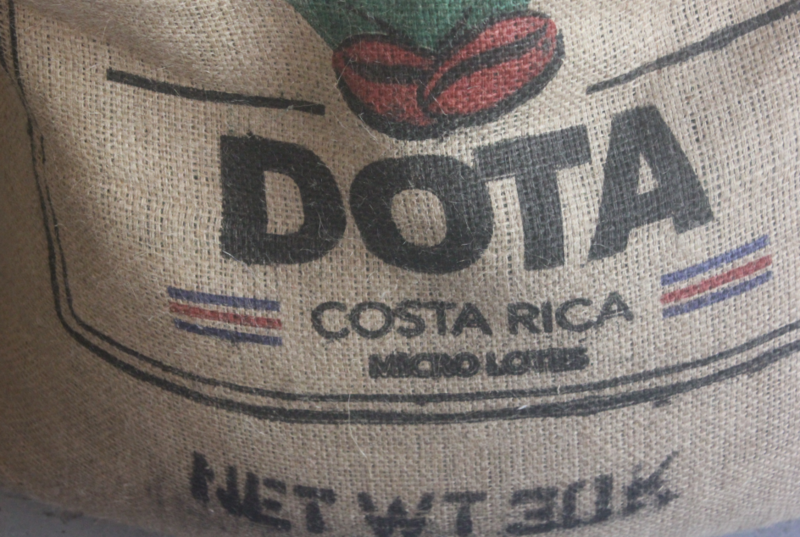
Local coffee farmers are used to using California earthworms to improve the soil and directly provide the main source of nutrients for coffee trees during the fertilization period.
What is a microbatch?
Micro-batches of coffee come from a specific area of an estate, sometimes from a small farm, or from a small plot of land shared by many producers.
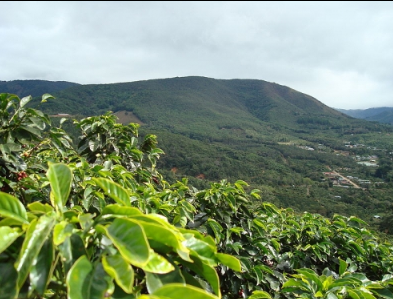
Coffee is harvested and processed in small batches, and because of higher labor costs, which in turn increases the back-end price, micro-batches of coffee usually have very good quality.
To put it simply, it is to further select the beans with the best performance from a batch of beans that have already performed well.
Treatment method
The bean is treated in the sun, which is rarely seen in Costa Rica.
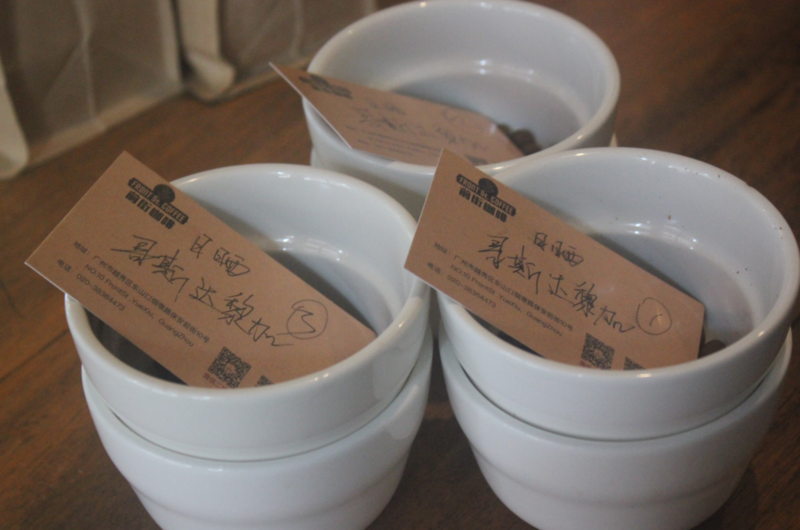
Sun treatment, as the name suggests, is to put the picked coffee cherries in the sun to dry.
1. Screen the floating beans: pour the harvested coffee fruit into a large trough, and the ripe and full fruit will sink to the bottom of the water; the underdeveloped or overripe fruit will surface, and these floating beans need to be removed.
2. Sun drying: then put the whole coffee fruit with meat belt on the bean drying farm to dry, naturally drying to about 12% water content, the time required is about two to four weeks, depending on the climate of the place of origin.
3. Shelling: the dried fruit will be dried naturally, and the peel, pulp and sheepskin will be removed by the shelling machine, and the raw beans will appear.
Baking analysis
Roaster Yangjia 800N (baking capacity 550g)
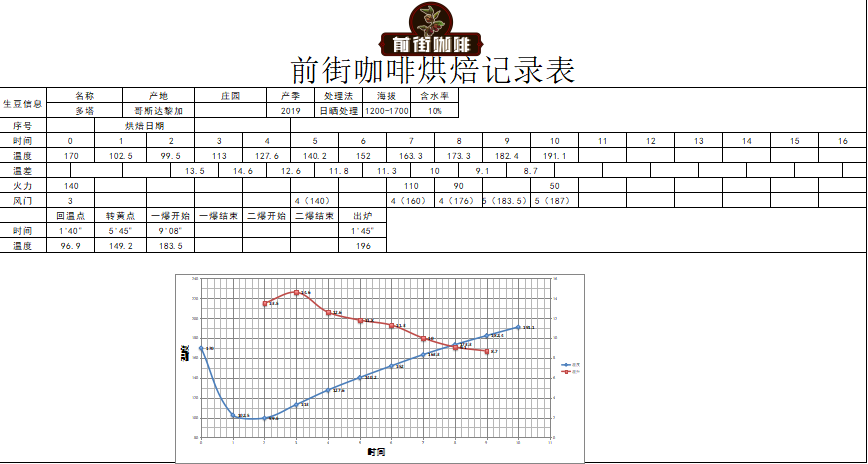
The furnace temperature is 170℃ and the firepower is 140. the throttle is open to 4 at 140℃, and the firepower remains unchanged; when the furnace temperature is 149.2 ℃, the bean meter turns yellow, the smell of grass disappears completely, and enters the dehydration stage. When the furnace temperature reaches 160℃, the firepower is adjusted to 110and the throttle remains unchanged.
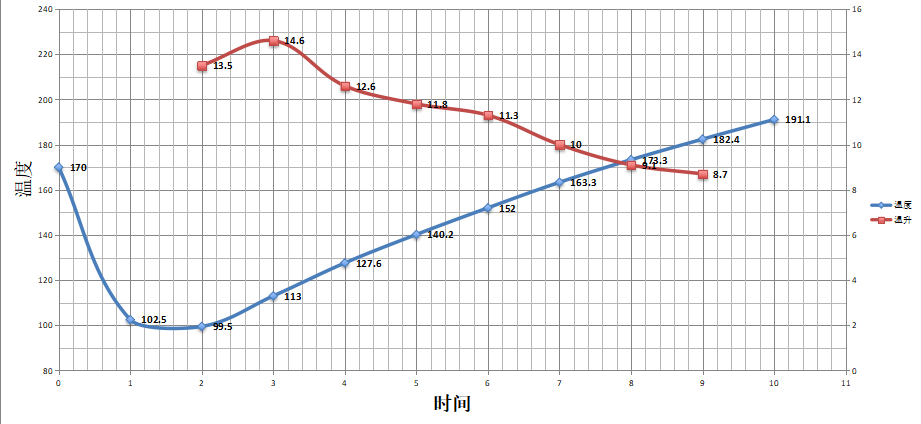
The smell of toasted bread has obviously changed to the smell of coffee, which can be defined as a prelude to an explosion. At this time, it is necessary to listen carefully to the sound of the explosion point. The sound of the explosion point starts to explode at the time of the explosion, and the throttle opens to 5. After the explosion, the development of the ℃ is 45196.
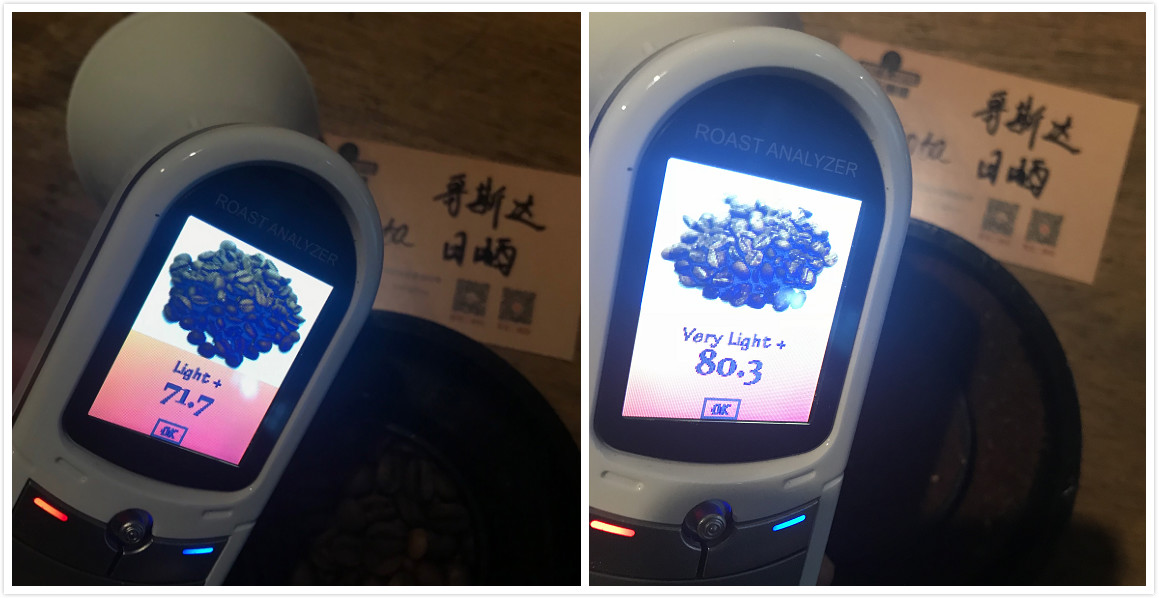
Agtron bean color value is 71.7 (left), Agtron pink value is 80.3 (right), Roast Delta value is 8.6.
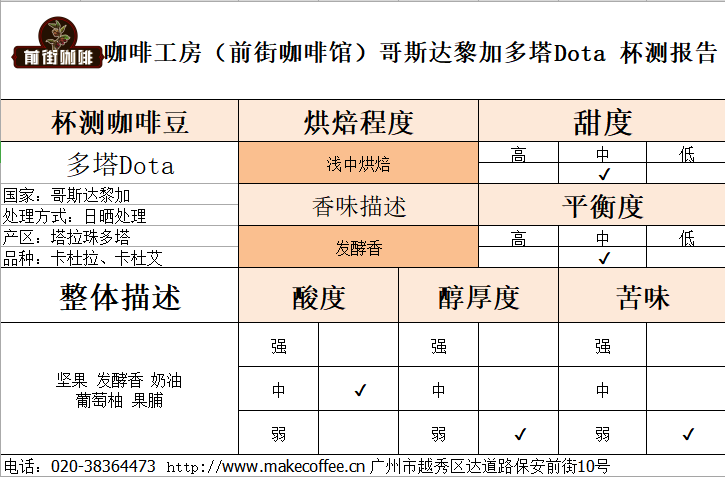
Cup test flavor: nuts, fermented flavor, cream, grapefruit, preserved fruit
Hand flush sharing
Suggested cooking method: hand flushing
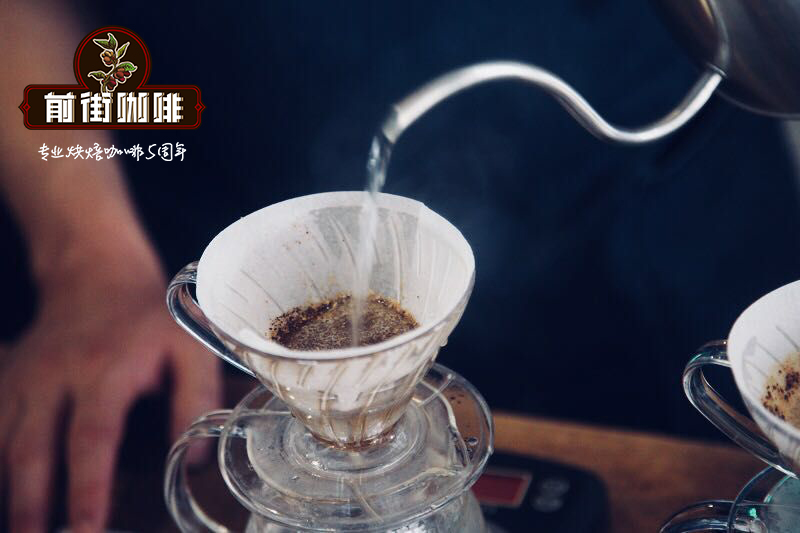
Parameters: water temperature: 89-90 ℃; degree of grinding: medium and fine grinding (BG 5R: pass rate of Chinese standard No. 20 sieve 58%); ratio of powder to water: 1: 15; step-by-step extraction.
Steam with 30 grams of water for 30 seconds; the center of the small flow is injected to 124 grams, when the water level is about to expose the powder bed, increase the water injection to 225 grams, and remove the filter cup when the water level is about to expose the powder bed. (steaming start time) extraction time 1: 39; 46 "
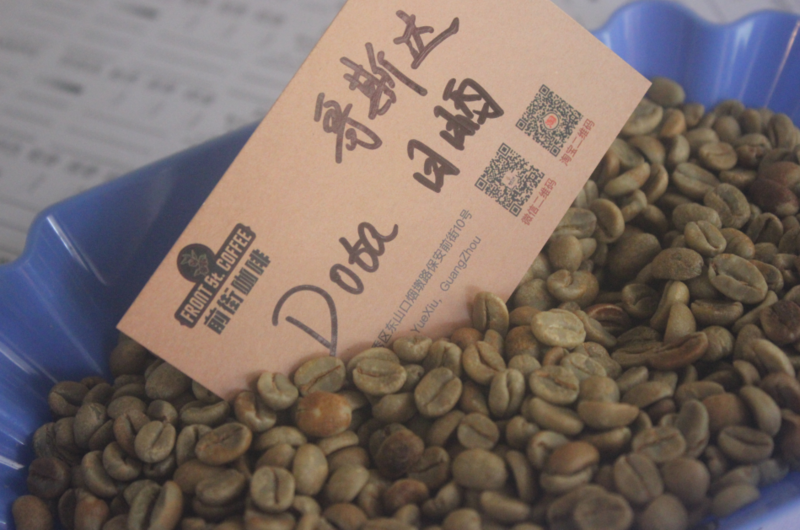
Wet fragrance is fermented, with citrus acid notes in the mouth, with the flavor of raisins, caramel and chocolate.

Important Notice :
前街咖啡 FrontStreet Coffee has moved to new addredd:
FrontStreet Coffee Address: 315,Donghua East Road,GuangZhou
Tel:020 38364473
- Prev
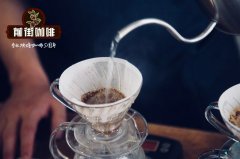
Costa Rican Dota (Coopedota) Coffee Cooperative introduces Costa Rican coffee
Professional coffee knowledge exchange more coffee bean information please follow the coffee workshop (Wechat official account cafe_style) Costa Rica's seven main coffee producing areas are distributed from northwest to southeast along with the inland central plateau. The fertile volcanic ash, mild and suitable temperature, and stable and abundant rainfall in Costa Rican volcanic terrain are all factors that make coffee a major agricultural product in Costa Rica.
- Next
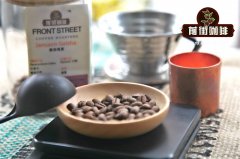
[coffee Manor] Jensen Manor Panamanian geisha Coffee Panamanian Jensen Manor Rose Summer
Professional coffee knowledge exchange more coffee bean information please follow the coffee workshop (Wechat official account cafe_style) Panama Jensen Manor washing Geisha (panama janson geisha washed) production area: volcan Manor: Jensen Manor (Familia Janson) varieties: geisha (Geisha) altitude: 1700 meters Class: European Water washing
Related
- Does Rose Summer choose Blue, Green or Red? Detailed explanation of Rose Summer Coffee plots and Classification in Panamanian Jade Manor
- What is the difference between the origin, producing area, processing plant, cooperative and manor of coffee beans?
- How fine does the espresso powder fit? how to grind the espresso?
- Sca coffee roasting degree color card coffee roasting degree 8 roasting color values what do you mean?
- The practice of lattes: how to make lattes at home
- Introduction to Indonesian Fine Coffee beans-- Java Coffee producing area of Indonesian Arabica Coffee
- How much will the flavor of light and medium roasted rose summer be expressed? What baking level is rose summer suitable for?
- Introduction to the characteristics of washing, sun-drying or wet-planing coffee commonly used in Mantenin, Indonesia
- Price characteristics of Arabica Coffee Bean Starbucks introduction to Manning Coffee Bean Taste producing area Variety Manor
- What is the authentic Yega flavor? What are the flavor characteristics of the really excellent Yejasuffi coffee beans?

